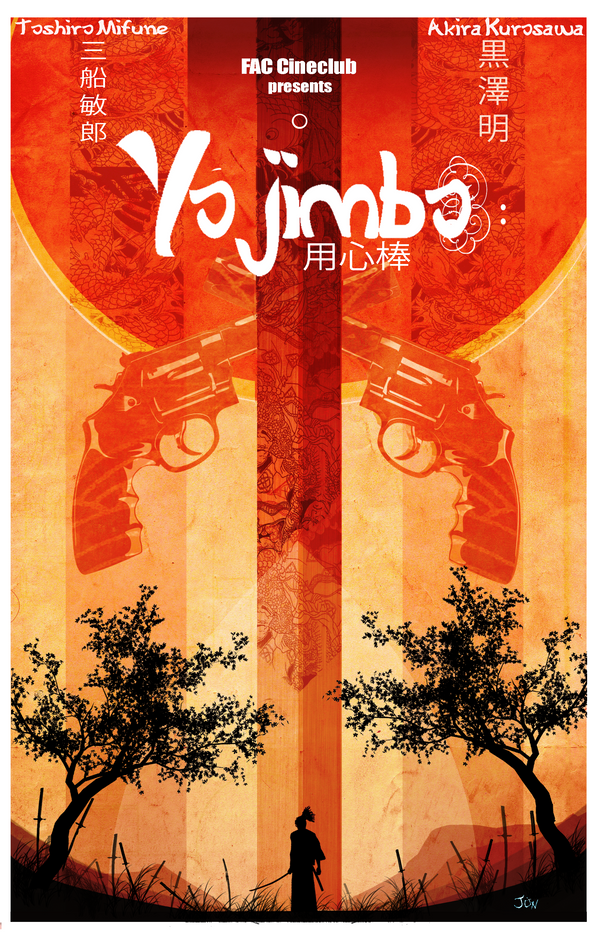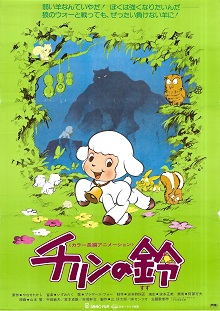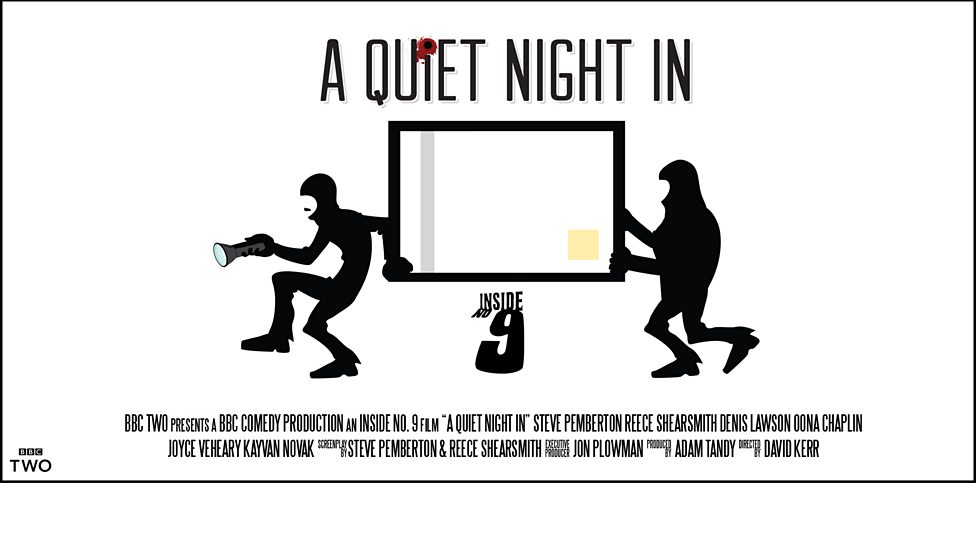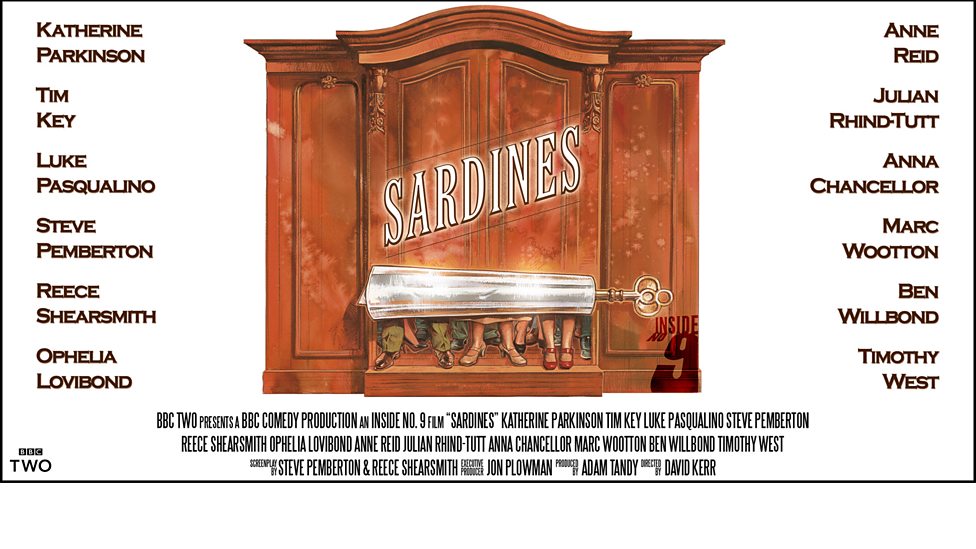weaker than any
season 1 episode, I
am still hopeful
for the rest of
the season.
I feel that the first thing I need to discuss in regard to this episode is the idea of disappointment. Did I find this episode disappointing.... maybe. I think judgement has to be reserved until the season is complete, then I will be able to place it in full context and decide where it fits in with the show overall. Moving on from this however, I feel it is safe to say that this is my least favourite episode of the show so far. That does not make it a bad episode, as the prior season set a very high standard, however it naturally means I found some pretty gaping flaws.
Much like Sardines this episode is something of an ensemble piece set within a confined location. Unlike Sardines the episode does not attempt to create a creepy or awkward atmosphere, instead opting for a more nauseating and frustrating tone. This honestly works very well at first, with this increasing sense of pent up frustration brewing within the episodes most highlighted character (Shearsmith). However, for some reason I feel this tone becomes forgotten latter in the episode. The character's become too civil with each other, and none of the aggression or frustration leads to anything. This was a minor disappointment for me and cheapened the setting significantly. Furthermore I was a little put off by the greater emphasis on comedy, far broader comedy at that. Again, I am not worried for the rest of the season, but it grated on me somewhat this time.
Moving on from the tone, how was the acting? Well this is complicated. Shearmith and Pemberton are great, providing the bulk of the laughs in my opinion. Seeing the two bicker in German was a delight, particularly as someone who knows a bit of German and could semi-follow their conversations. The rest of the cast were fairly mixed, weaving between annoying, bland and funny, all except one, Jack Whitehall. I hated this guy, he was highly grating, utterly pointless to the episode on the whole and did nothing but deliver the most forced lines and dialogue of the entire series so far. It feels hyperbolic to say this guy almost ruined the episode for me, but he was not far off.
On a more positive note, aside from Whitehall's lines (which I can only assume was the result of a hung-over writing session from Shearmsith and Pemberton), the dialogue is snappy and fun, granting me a good handful of genuine laughs throughout. The cinematography was also as good as ever, highlighting the claustrophobic and uncomfortable environment of the train carriage.
Overall, I still think this was a good piece of darkly comedic television. However I do not think it will be remembered highly when compared to the show overall, with it's gross-out humor and the presence of Whitehall. It should be noted that the twist was very good and did a lot to save the experience for me, offering the darkest and smartest joke of the entire episode.
By Jack D. Phillips
A Zoom Film Review
Inside Number 9: Episode 7
Much like Sardines this episode is something of an ensemble piece set within a confined location. Unlike Sardines the episode does not attempt to create a creepy or awkward atmosphere, instead opting for a more nauseating and frustrating tone. This honestly works very well at first, with this increasing sense of pent up frustration brewing within the episodes most highlighted character (Shearsmith). However, for some reason I feel this tone becomes forgotten latter in the episode. The character's become too civil with each other, and none of the aggression or frustration leads to anything. This was a minor disappointment for me and cheapened the setting significantly. Furthermore I was a little put off by the greater emphasis on comedy, far broader comedy at that. Again, I am not worried for the rest of the season, but it grated on me somewhat this time.
Moving on from the tone, how was the acting? Well this is complicated. Shearmith and Pemberton are great, providing the bulk of the laughs in my opinion. Seeing the two bicker in German was a delight, particularly as someone who knows a bit of German and could semi-follow their conversations. The rest of the cast were fairly mixed, weaving between annoying, bland and funny, all except one, Jack Whitehall. I hated this guy, he was highly grating, utterly pointless to the episode on the whole and did nothing but deliver the most forced lines and dialogue of the entire series so far. It feels hyperbolic to say this guy almost ruined the episode for me, but he was not far off.
On a more positive note, aside from Whitehall's lines (which I can only assume was the result of a hung-over writing session from Shearmsith and Pemberton), the dialogue is snappy and fun, granting me a good handful of genuine laughs throughout. The cinematography was also as good as ever, highlighting the claustrophobic and uncomfortable environment of the train carriage.
Overall, I still think this was a good piece of darkly comedic television. However I do not think it will be remembered highly when compared to the show overall, with it's gross-out humor and the presence of Whitehall. It should be noted that the twist was very good and did a lot to save the experience for me, offering the darkest and smartest joke of the entire episode.
By Jack D. Phillips
A Zoom Film Review
Inside Number 9: Episode 7












